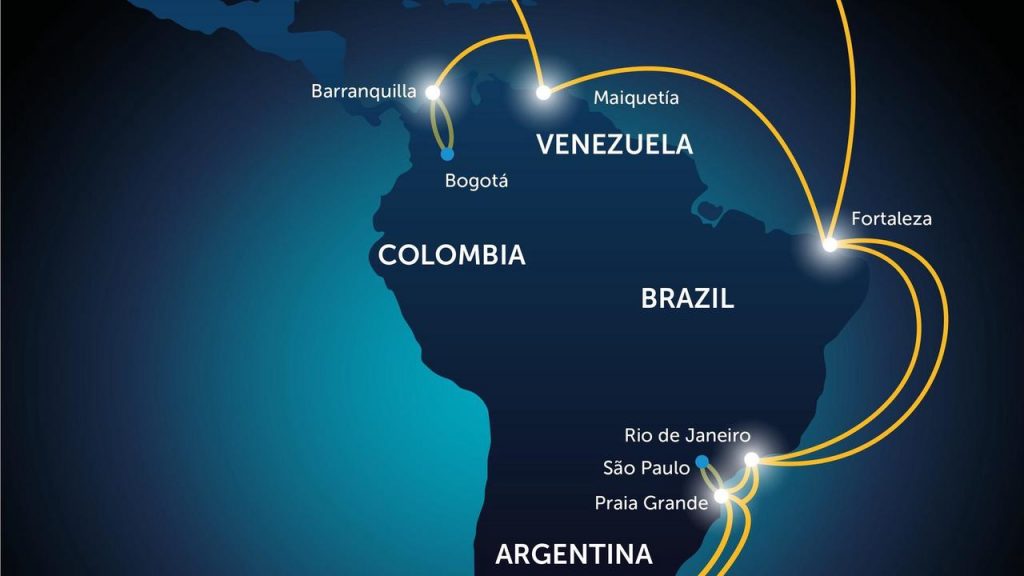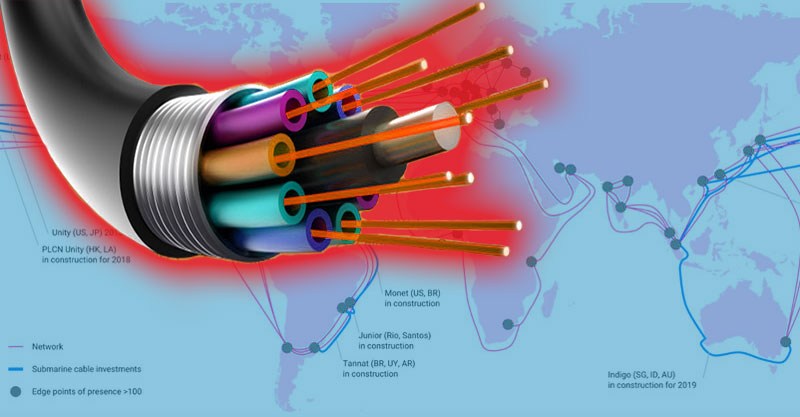Google has been busy laying its giant Grace Hopper underwater internet cable in the Atlantic Ocean which started from New York and recently reached Bude, Cornwall on the western coast of UK while another part of the cable reached Bilbao, in the north of Spain. The cable is stretched over an impressive 3900 miles of seabed and transports around 350 terabytes of data per second, talk about ultra-fast streaming.
This new cable is another addition to Google’s subsea cables which include Curie that connects the West Coast with Panama and Chile, Dunant which will connect US and France, Equiano and Firmina which stretches from US West Coast to Argentina. In August, Google also announced a collaboration with Facebook to build a new cable titled “Apricot” which will link six Southeast Asian countries using 7,456 miles of cable. This subsea cable is planned to be online by 2024.

It seems like companies are now heavily banking on undersea internet cables as it allows for more reliable data transfers but are overlooking the vulnerability of these cables to the effects of solar tsunamis. Sangeetha Abdu Jyothi, an assistant professor at the University of California, recently published a paper on the increasing threat of solar superstorms on the global internet which could lead to an internet apocalypse in the future.

With the increase in global warming and drastic climate changes, these undersea cables are more vulnerable now than ever before. In 2012, several subsea cables between North America and Europe were knocked out by Hurricane Sandy which was nothing short of a disaster. While Google is emphasizing the use of a new technique called “fiber switching” which is used in the Grace Hopper cable and will make data transfer more reliable even in case of an outage. The Grace Hopper is expected to go online sometime in 2022.

